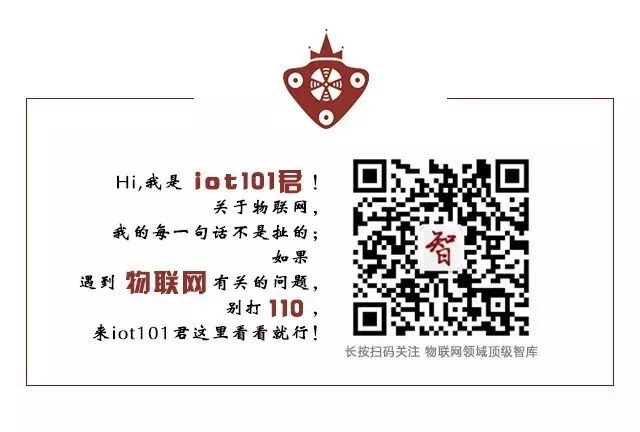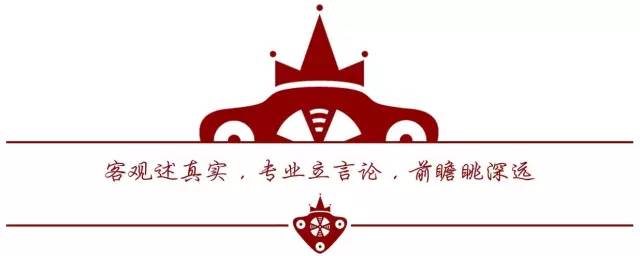
Author: IoT Queen
IoT Think Tank Original
Please indicate the source and origin when reprinting
—— [Introduction] ——
We generally divide the journey of IIoT into four steps: data collection and storage, production management and analysis, business intelligence and decision-making, and business model transformation..
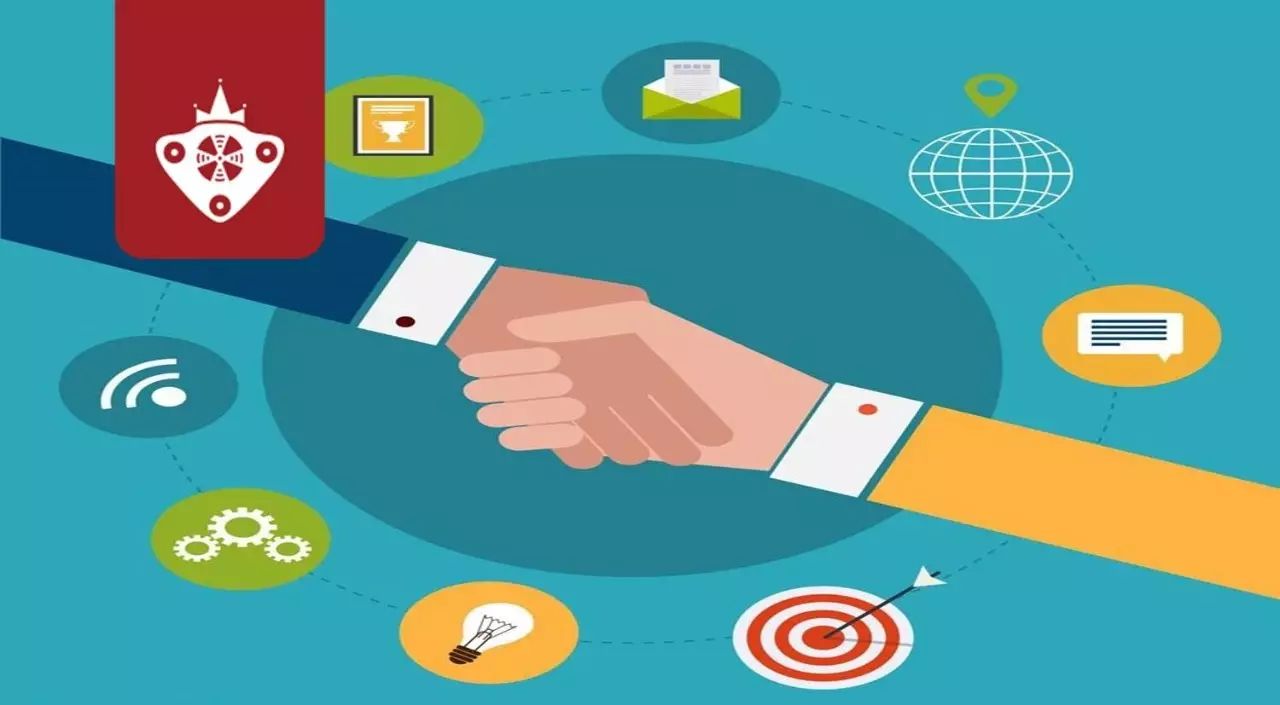
This is my 027th article written in the IoT Think Tank| IoT Queen’s Heart Column |.
This week I attended Siemens MindSphere’s theme day event and also served as the host for the guest dialogue session. There are pictures to prove it, but as clever as I am, before you turn to them, my front-facing photo has been hidden.
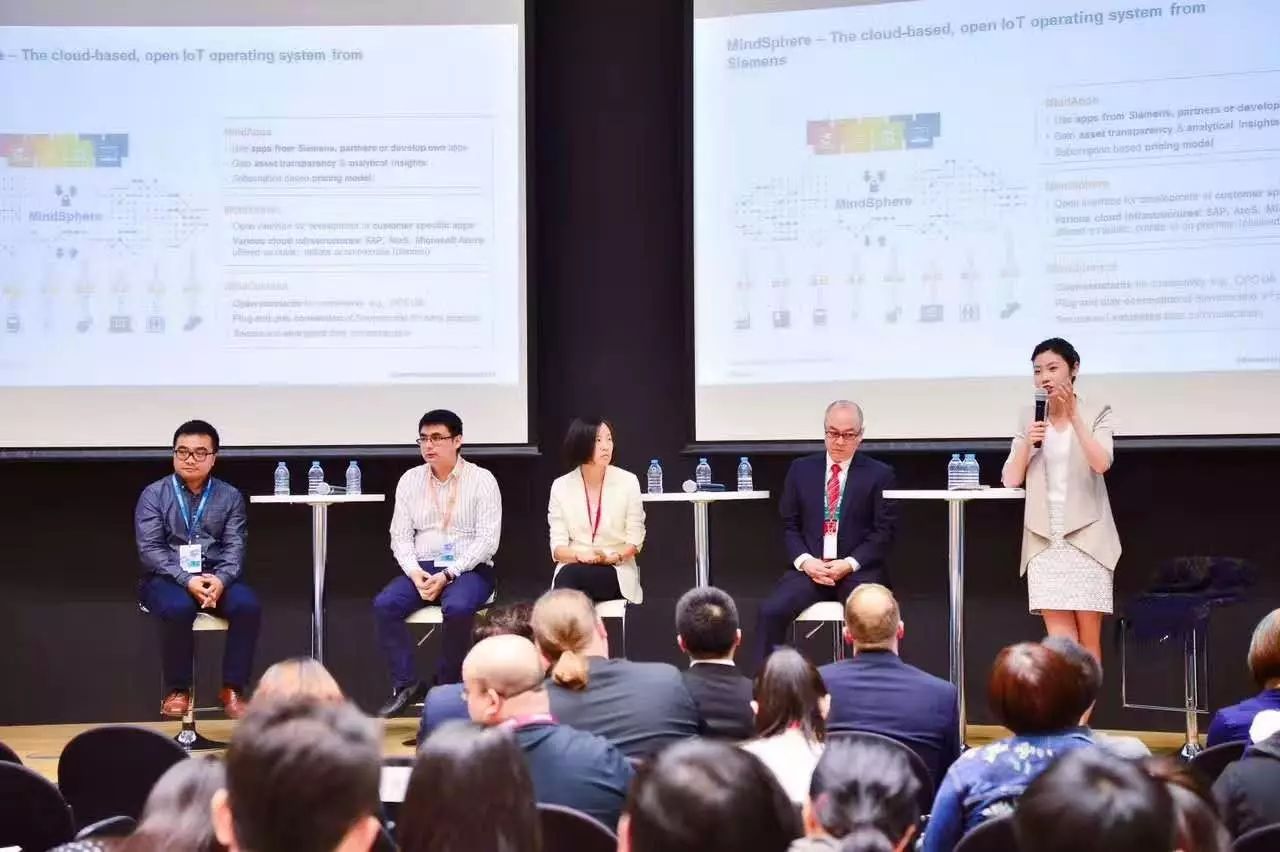
This article does not want to talk about MindSphere but rather discusses the rise of the current wave of industrial IoT IIoT platforms and how manufacturing companies, system integrators, application developers, and others should seize the opportunity.
To keep up with the social trend of various industries pretending to be young under the guise of college entrance examinations, I will first revisit the key points from the past. In the article “GE, Siemens, KUKA, Rockwell have fired the first shot in the 2017 industrial IoT ecosystem battle“, I have comprehensively introduced the IIoT cloud platforms that various well-known industrial automation companies are working on and conducted a comparative analysis of IIoT cloud platforms such as GE, IBM, PTC, Intel, SAP, Microsoft, Oracle, Amazon, Aira IoT, Bosch, Carriots, Connecthings, Cumulocity, Jasper, Kaa, thethings.iO.
I will not elaborate further; students who cannot keep up with the pace should supplement their knowledge on their own.
Partnerships Are Key to Success in Industrial IoT
The new round of industrial revolution is centered around industrial IoT IIoT.The core of IIoT is to effectively utilize data as a “weapon” to drive the integration and transformation of the physical world and the digital world.As for how to effectively use data as this weapon, it relies on like-minded partners who gather around the IIoT ecosystem to work together.
No virtual body, no intelligence. The “digital twin” composed of physical entities and digital virtual bodies includes three levels: “product digital twin,” “production process digital twin,” and “equipment digital twin.”

In Gartner’s report on the “Top 10 Strategic Technology Trends of 2017,” the “digital twin” was included, with Gartner believing it has enormous disruptive potential across industries.
The future manufacturing will be managed by digital virtual bodies, as only they can do two things well: First, they can monitor the production capacity, operational efficiency, and equipment status on the manufacturing site, effectively managing factory operations in real-time; second, they can comprehensively analyze the performance of products produced throughout the entire lifecycle from R&D, manufacturing, to after-sales.
However, it is frustrating for the industry that a recent study by Cisco shows that despite the increasing prevalence of enterprise-level IoT projects and the birth of digital twins, the failure rate is close to 75%, including many projects that have already been delivered.
Such a dismal “yield rate” and such high costs, are you scared?
The reasons for failure are varied, some are technical factors, such as devices failing to effectively collect and analyze data; some are professional factors, such as solution providers lacking professional knowledge of vertical industries; and some are management factors, such as a lack of communication between IT and OT departments.
However, none of these are the essence of what causes IoT projects to fail.
If we look at the successful IoT projects, they have a common feature: good use of partners to build the ecosystem. The core of successfully implementing industrial IoT projects is to leverage the capabilities of various partners to build a good IIoT ecosystem, where these strategic partners complement each other’s strengths, achieve technological integration, and also consider soft factors such as corporate culture and business models.
The IIoT ecosystem includes different levels of small and large ecosystems, gathering upstream and downstream and related partners around a manufacturing enterprise, covering the integration of all aspects and resources from production planning, automation equipment supply, process equipment manufacturing, project implementation, production services, to factory maintenance, forming the most basic unit of the ecosystem. Starting from this, it can expand to deeply cultivate the entire vertical industry and even create large-scale IIoT ecosystems that cross different industries.
In the book “Zengzi”, there is a principle for using people: “Those who use teachers are kings, those who use friends are hegemons, and those who use apprentices perish.” This principle is also quite suitable for the establishment of the industrial IoT ecosystem, one cannot rely solely on oneself; borrowing strength and momentum from partners is the key to the success of industrial IoT.Manufacturing companies, system integrators, application developers, etc. are all indispensable important roles in the ecosystem.
After all, the IIoT ecosystem is something we have never encountered before, and it has the potential to create incredible new value. However, most opportunities require collaboration with various suppliers and sharing with upstream and downstream partners. The partners you attract, whether they are “teachers,” “friends,” or “apprentices,” whether they are industry experts, seasoned peers, or maker geeks, may greatly affect the success or failure of the IIoT project. However, one thing is certain: going it alone is tantamount to seeking death.
To use people, one must first be a person. The attractiveness of the IIoT ecosystem first depends on how much the builder is willing to share your data, insights, and accompanying benefits, thereby establishing a solid bond that connects all partners.
On the issue of building the IIoT ecosystem, one cannot help but admire the clever methods of companies like Siemens, IBM, and Microsoft, who started with the most challenging cross-industry ecosystem, “To win the people, one must first speak to their hearts.” In the process of gathering partners, they not only maintain a proper and open attitude but also are willing to invest, letting loose and showcasing their abilities.
In contrast, domestic companies often find that the creation of ecosystems is exactly the “weak link” of the “barrel,” either failing to provide sufficient security to persuade equipment owners to upload data, or unable to balance intellectual property protection between public and private clouds, or failing to consider the distribution mechanism of benefits from the partner’s perspective, or blindly pursuing appearances while ignoring essence, focusing on quantity while neglecting quality, attracting a large number of developers who do not understand the industry, ultimately falling into the pit of “bad money driving out good.”
Industrial IoT Is Not an Elective Course, But a Core Required Course
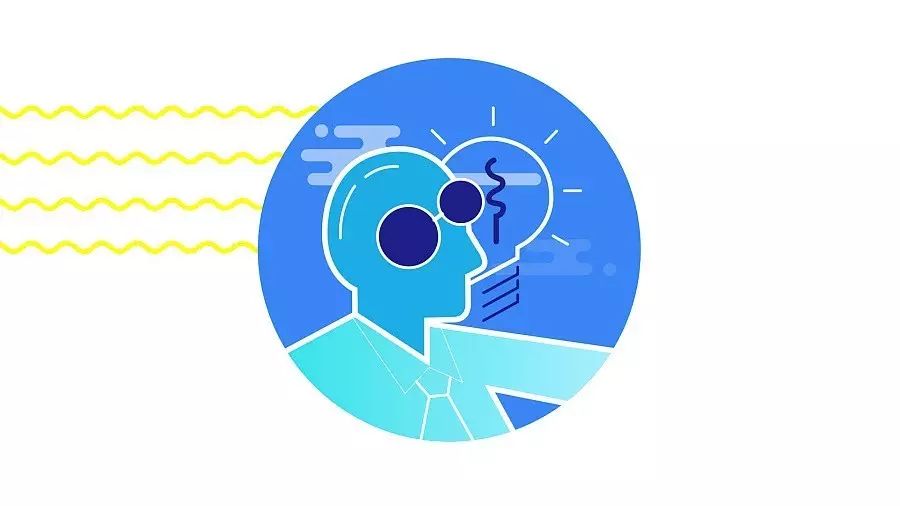
After clarifying the importance of partner relationships for the IIoT ecosystem, the next step is to analyze how the participating parties should seize the opportunity.
Since the new round of industrial revolution, driven by industrial IoT, will lead to the rapid rise of digital virtual bodies, manufacturing companies, system integrators, and application developers not only need to not take themselves too seriously from a positioning perspective, but also need to objectively view themselves as a part of the IIoT ecosystem, and from a mindset perspective, begin to enhance their “internal skills” and make corresponding rapid transformations:
Manufacturers: More and more manufacturing companies have realized that the importance of industrial IoT has surpassed that of traditional automation systems, and there is no overemphasis on how important industrial IoT is.
For manufacturing companies, industrial IoT is not a new technology bought by the purchasing department out of boredom, nor is it merely a new system implemented by the IT department to enhance production efficiency, but rather a “complete overhaul” of business processes from the inside out.
In this regard, Yao Weibing, General Manager of Guangzhou Mingluo Automotive Equipment Co., Ltd., as an OEM close to manufacturing companies, also has his observations. He believes that many companies do not have a clear understanding of intelligent manufacturing. Big data, intelligent analysis, and the Internet of Things are not only technological progress but also a reshaping of management processes. Most companies are adopting non-standardized production services, and the entire process relies heavily on “human”. Decoupling the entire design, planning, engineering, and manufacturing processes from “people” and relying on “data” to operate is a challenge faced by most companies.
Integrators: From the perspective of industrial IoT, system integration requires crossing engineering, production, data, and information, facilitating multi-party collaboration, especially after the division of labor has further refined, how to accurately identify and reasonably position those reliable new roles emerging in the IIoT ecosystem is a challenge faced by system integrators.
In the manufacturing process, the granularity and real-time requirements of information from digital virtual bodies are much stricter than in everyday consumer IoT scenarios. Some device data can be managed on-site through edge computing, while other device data requires cloud-based intelligent analysis to generate insights and decisions. System integrators need to be well aware of these distinctions and architectures, allowing on-site engineers, maintenance engineers, product designers, marketing personnel, and company decision-makers to extract what they need from the digital virtual body.
From a business model perspective, system integrators no longer just make one-off sales but create new revenue sources around IIoT such as real-time analysis, asset management, and predictive maintenance, obtaining a steady stream of recurring income.
Application providers: With the division of labor brought about by the IIoT ecosystem, the boundaries between various roles are becoming increasingly blurred. Shanghai Dazhi Technology Co., Ltd. and Yuanxun Information Technology (China) Co., Ltd. are representatives of the new generation of application software developers. Dazhi’s CEO Guo Yun mentioned that they not only worry about scenario-based SaaS application development but also about IIoT project proposal consulting, data collection, data classification, business intelligence analysis, and various aspects.
Yuanxun’s Solutions Division General Manager Guan Lixing usually has to allocate resources, match user needs, and timely sort out the pain points of the manufacturing industry, elevating solutions to a higher level of factory value management and sustainable development. Most of Yuanxun’s clients are not starting from scratch but are large manufacturing enterprises that hope to switch seamlessly to IoT business models without interrupting existing operations, which requires profound management consulting skills at the planning level.
Guan Lixing also mentioned an interesting scenario where industrial IoT not only makes highly flexible customized production possible but also allows tracking of data that was previously impossible to record. For example, at supermarket checkout counters, only successful scanned product data could be recorded before, but now, through cloud computing, we can also record data for products that failed to scan. With this complete data foundation, you can not only analyze why it succeeded but also understand why it failed, enhancing services from both positive and negative perspectives.
No Connection and Intelligence, Devices in Industrial IoT Are Just “Waste”
Being a good person, cultivating the heart, and creating an industrial IoT ecosystem journey may not be a smooth ride.
We generally divide the journey of IIoT into four steps: data collection and storage, production management and analysis, business intelligence and decision-making, and business model transformation. Do not underestimate the evolution between each step; each is a process of leveling up, and it is not easy to solidly walk each step. There are three key points that need to be grasped:
1. Device Reliability and Security
Needless to say, 101 out of 100 people know that reliability and security are fundamental. However, achieving absolute reliability and security is not a technology but an art.
A reliable IIoT infrastructure ensures that critical computing, networking, and storage resources operate normally, avoiding unexpected downtime. Security includes two aspects: first, protecting data from damage or loss; second, protecting data from theft or tampering.
I have previously discussed IoT security issues in detail, so I will not repeat them here. Attacks on devices on the US East Coast, global cameras, and various routers by viruses such as Mirai, Hajime, and BrickerBot are just the beginning of a domino effect; over the past three years, the proportion of attackers scanning for vulnerabilities on IoT devices has increased by 3,198%. Security issues are not “black swans” but can be classified as high-probability and highly impactful “gray rhino” events that we are destined to encounter in our lifetime, though not everyone will be fortunate enough to escape unscathed.
If at this point you feel that “the IoT security issue makes me very scared, my fragile factory can’t withstand any security blow,” I advise you not to listen to my advice; it’s better not to enter the IIoT ecosystem.
2. Eliminate Island Connections
The primary function of the Internet of Things is to allow any device to join from any location and eliminate all information islands, connecting various devices together. Similarly, interconnected devices within an IIoT factory do not work in isolation but need to integrate with the entire ecosystem. Some large companies have equipped themselves with analytical systems that meet their needs, while some small and medium-sized companies still have relatively weak analytical capabilities, and the issue of device interconnection needs attention.
Interconnected devices are not only limited to within the factory but also extend beyond the same enterprise across regions; the depth and breadth of interconnection determine the landscape of the IIoT ecosystem.
Specifically, the connections in industrial IoT include four modes:
From Device to Device: Connecting IoT devices within the same network through communication protocols such as industrial Ethernet, Bluetooth, and Zigbee.
From Device to Cloud Platform: IoT devices connect directly to cloud platforms, such as IoT engineering vehicle monitoring devices, collecting onboard data such as distance and speed, and then transmitting this data to the cloud platform for tracking and analysis.
From Device to Gateway: Transmitting data collected by sensors to the cloud platform through gateways, which are responsible for collecting and transmitting data.
From Cloud Platform to Cloud Platform: Interconnection between cloud platforms falls under the category of backend data sharing, allowing third parties to access data uploaded by IIoT devices, facilitating collaboration and intelligent decision-making between devices across systems and even industries.
3. Intelligent with Evolution Capability
Machine learning algorithms can identify production patterns and extract feedback for optimizing production operations. Predictive analytics can determine system failures in the entire factory to allow for timely repairs or replacements to avoid production delays.
In the industrial sector, an increasing number of innovative companies are using machine learning and cognitive algorithms to enhance product performance and user experience. Effectively leveraging machine learning tools helps digital virtual bodies create better value.
Tech giants such as Amazon, IBM, Google, and Microsoft are accelerating the application of artificial intelligence, machine learning, and deep learning across all industries. Below are seven machine learning tools available in the IIoT field:
-
Amazon Machine Learning: Uses advanced algorithms and formulas to create machine learning models that help find patterns in existing data. These models are then used to process new data and assist in generating predictions.
-
Tensor Flow: An open-source software library primarily used for numerical computation using data flow graphs. This system can be applied to various other fields.
-
Azure Machine Learning Studio (AMLS): A service framework that enables enterprises to adapt machine learning solutions in the Azure cloud.
-
H2O: Also known as H2O.ai, is developing mission-critical data products for some of the world’s most influential companies. H2O provides a web-based user interface while accessing machine learning software libraries and initiating the machine learning process.
-
Caffe: This widely used platform encourages the companies using it to innovate applications. Caffe supports extensive code usage and helps academic research projects, prototype startups, and large industrial applications such as vision, speech, and multimedia.
-
MLlib: The machine learning library of Apache Spark, which includes common learning algorithms and utilities, including classification, regression, clustering, collaborative filtering, and dimensionality reduction. MLlib is easy to deploy and run on existing data clusters.
-
Torch: A widely used open-source machine learning development framework that allows neural network-based algorithms to run on GPU hardware without the need for hardware-level coding.
The industrial IoT ecosystem is like a living organism; individual cells cannot work independently but must form a mutually dependent organic whole to operate efficiently. The future factory built using industrial IoT is a “sprite” that can be flexibly modified and shaped at any time, more transparent than ever before, with an unprecedented number of connected devices and links, from product R&D, raw material supply, to manufacturing, logistics, and distribution channels, customer service centers, etc., all intricately linked. To maximize the potential of this “sprite,” the focus should not only be on the internal enterprise but should expand the perspective based on this link, reaching outwards to integrate numerous industrial resources and partners. When you have interconnected many industry resources and partners, the sprite will grow by itself.
By adhering to the principle of “first be a person, then cultivate the heart, and finally fight monsters,” only when all parties recognize the importance of partnerships, adjust their positioning and mindset, enhance their internal capabilities, and grasp the key elements of the industrial IoT journey can they create maximum value through collaboration and win-win outcomes.

If you like this column, please scan the code to buy the queen a coffee, and the editor will transfer the coffee money to the author!

Previous hot articles (click the article title to read directly):
-
“IoT Queen’s Heart | Cloud computing can’t continue, IoT vulnerabilities are rampant, and a new savior has emerged“
-
“IoT Queen’s Heart | This minefield of the Internet of Things, if you don’t step on it, I will“
-
“IoT Queen’s Heart | The virgin land of IAI hides the greatest opportunity for the transformation and investment of Chinese manufacturing“
-
“IoT Queen’s Heart | The new third board innovation layer actually “hides” so many IoT companies“
-
“IoT Queen’s Heart | GE, Siemens, KUKA, Rockwell have fired the first shot in the 2017 industrial IoT ecosystem battle“
